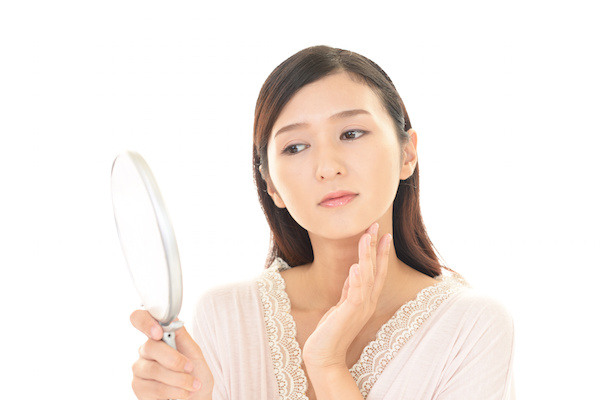
FRIDAY, July 8 (HealthDay News) — Meghan Rothschild loved her tan.
Normally fair-skinned and with red hair, Rothschild admits her compulsion to get a perfect tan was driven by “pure vanity.”
“I hated being pale,” said Rothschild, now 27 and living in Northampton, Mass. “I hated having a fair complexion. I thought I looked better in clothes and thought I looked slimmer” when tan.
As a result, she said, she hit the tanning booths at least once a week starting at age 17, often sneaking to avoid detection by her mom. “My mother didn’t like me in the tanning booth,” Rothschild said. “She didn’t believe they were safe. She knew sunburns weren’t good for your skin. I wouldn’t tell her where I was going and what I was doing.”
Away at college and 20 years old, Rothschild kept up her tanning regimen but noticed a mole that seemed odd. “A mole located on my abdomen had started to get really, really dark, and it also started to itch,” she said.
While home during the school’s winter break in 2003, Rothschild had a regular checkup with her doctor and asked about the mole. She said the doctor shrugged off the mole, saying it looked normal and not to worry about it. But Rothschild insisted on having it removed anyway, so she got a referral to a plastic surgeon who removed the mole a couple of weeks later and sent it off for examination.
She returned to the surgeon a week later to have the stitches removed. She went by herself because she’d had stitches removed before and didn’t think she’d need any help. But the doctor thought otherwise.
“The doctor was upset I was here by myself,” she said. “He kept asking . . . if there was anyone he could get to come be with me.”
But finally he broke the news: The mole had come back cancerous. Rothschild had stage 2 melanoma.
The doctor plunged ahead. She would have to undergo major surgery. She would have to have a large section of skin sliced from her abdomen. She would have to have lymph nodes removed. He talked about her chances of survival, and the ordeal ahead.
“He’s just going into this whole medical spiel and going into all of my options of what I needed to do next,” Rothschild said. “It was horrible. When you’re 20 years old and your doctor says the C-word to you and starts talking about surgery and survival rates, it’s terrifying.”
Rothschild immediately knew who to blame for her illness. “The first thing that popped into my head was, you did this to yourself,” she said. “I used to go to the tanning booths. It was very obvious my behavior was what had caused me to have the cancer diagnosis.”
Within a month, Rothschild underwent surgery. “They cut a huge chunk of skin out around where the mole was located,” she said. The doctors also removed seven lymph nodes from her left armpit and one from her right armpit, to see if the cancer had spread.
“They all came back clear, luckily,” she said of the removed lymph nodes. “There was no cancer inside the body, which was great.” Because of that, she did not have to undergo chemotherapy or radiation therapy.
And since then? Rothschild said she’s been vigilant.
“Now I’ve had [cancer], I have a greater risk of getting it again,” she said. She sees a doctor every six months to be checked for moles. “Anything that looks suspicious to them, or ones that I want off, they take off,” she noted.
So far, she estimates, she’s had more than 30 moles removed. “I have scars all over my body,” she said.
The first years after her cancer diagnosis were particularly tough. “I worked in a theme park, and I had to be outside in the summer months,” she said. “I would get freckling on my shoulders and just freak out. I’d have to run up to the office and put sunblock on.”
Now she’s reconciled herself with the sun.
“I live my life,” she said. “I would say I’m cautious. I have my SPF lotion I put on every day, but I live my life. I don’t hide out. When I talk to kids, I say, ‘I’m not telling you to stay inside all summer. I’m just telling you to be smart about it.'”
More information
A companion article offers more detail on the health risks of UV exposure.

